As an agriculture graduate who has spent more years with my hands in the soil than in a classroom, I have seen the struggles of our farmers up close.
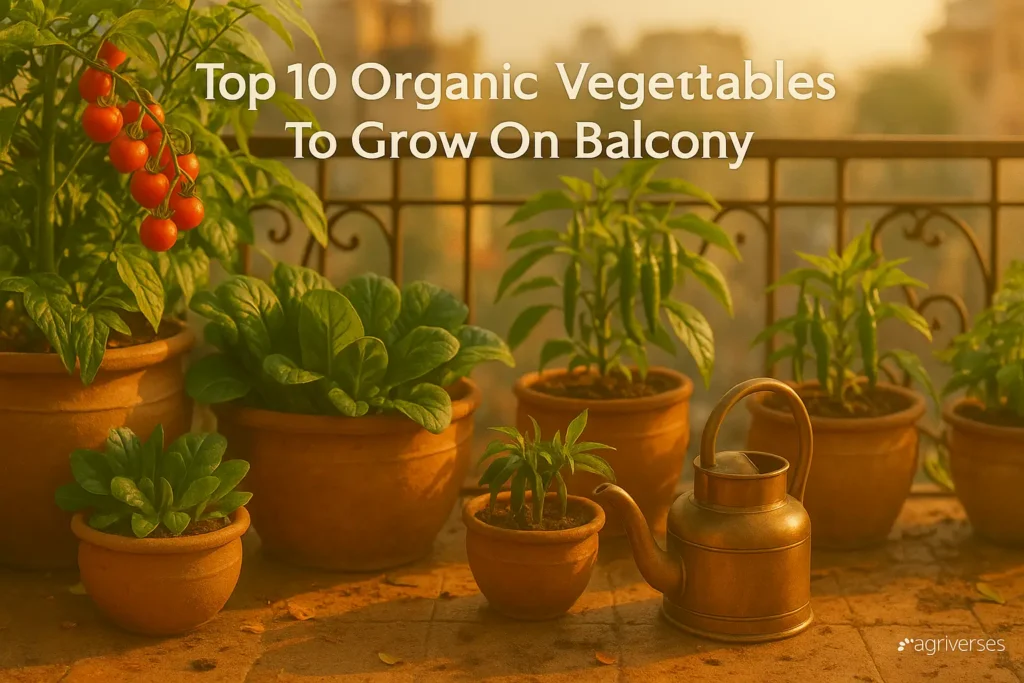
I’ve sat with them in their fields in Punjab, sharing a roti while discussing the crushing costs of chemical fertilizers and the unpredictable monsoons.
They pour their sweat and soul into feeding our nation. Yet, here in our cities, we often feel so disconnected from this reality, picking up vegetables wrapped in plastic, with little idea of the journey they’ve taken or the chemicals they carry.
This article is for you if you have ever felt that disconnect. It is for you if you’ve yearned for the taste of a truly fresh tomato or the sharp aroma of home-grown dhania. We are going to bridge that gap, not with a vast farm, but with a small, beautiful, and productive space you already own: your balcony.
We will explore the best organic vegetables to grow on a balcony, turning that small patch of sunlight into your personal source of purity and joy.
Your Balcony: The Smallest Farm with the Biggest Heart
Let’s be honest. When we live in a city, surrounded by concrete, the dream of farming feels distant, almost impossible. We think, “I do not have zameen (land).” But I want you to change that thought today. Look at your balcony. That, my friend, is your khet. It’s a space of immense potential.
Want to take your balcony farming to the next level? Read our Beginner’s Guide to Vertical Farming at Home.
For years, I have advised farmers on maximising their yield per acre. Today, I’m telling you that the principles are the same, even for a few square feet.
The joy of plucking a ripe, red tomato that you nurtured from a tiny seed is a feeling no store-bought vegetable can ever give you. It’s a feeling of self-reliance, a connection to the cycles of nature that we have almost forgotten.
Growing your own food, even a small amount, is a revolutionary act. It puts you back in charge of what you eat. No more wondering about pesticides or artificial ripening agents. Just pure, clean, and honest food.
Getting the Foundation Right: Your Soil and Sun light
Before we even think about seeds, we need to talk about the two most important elements of life: soil and sunlight. In farming, we call this getting your fundamentals right. Get this part wrong, and nothing else matters.
1. Crafting the Perfect Soil (Mitti):

Balcony plants do not grow in the ground; they grow in containers. This means they are completely dependent on you for nutrition. Regular garden soil is often too heavy and can become compacted in pots, starving the roots of air and water.
So, we create a special blend, a “potting mix.” Think of it as a 5-star hotel for your plant’s roots. A recipe I’ve found to be almost foolproof is:
- 1 part Cocopeat: This is made from coconut husks. It’s light and holds water beautifully, preventing your pots from drying out too quickly in the harsh summer sun.
- 1 part Vermicompost (Kenchua Khaad): This is the black gold of organic farming. It’s nutrient-rich manure created by earthworms. It doesn’t just feed your plant; it enriches the soil with beneficial microbes.
- 1 part Garden Soil: Use locally available soil, but make sure it’s not from a contaminated area. This gives the mix some structure and contains essential minerals.
Mix these three thoroughly. Your final mix should be light, crumbly, and drain well. When you water it, the water should seep through without pooling on top.
If you are thinking of skipping soil altogether, explore our guide on How to Start Indoor Farming Organically, including hydroponic and soil-free methods.
2. Understanding Your Sunlight (Dhoop):
Sunlight is plant food. Before you buy a single seed, spend a day observing your balcony. Which parts get strong, direct sun, and for how long?
- Full Sun: This means 6-8 hours of direct, unfiltered sunlight. This is ideal for fruiting vegetables like tomatoes, chillies, and brinjal.
- Partial Sun: This means 3-4 hours of direct sun, or dappled light for most of the day. This is perfect for leafy greens like spinach, coriander, and mint.
Do not worry if you don’t have a perfect south-facing balcony. The key is to choose the right plant for the right spot.
Curious how others are growing veggies in tight, shady apartments? See real examples in Vertical Urban Farming – A Modern Solution for City Life.
How to Succeed with the Best Organic Vegetables to Grow on a Balcony
Now for the exciting part! Based on my experience across different Indian climates and speaking with hundreds of urban gardeners, here are the top 10 performers that are not just easy to grow but are incredibly rewarding.
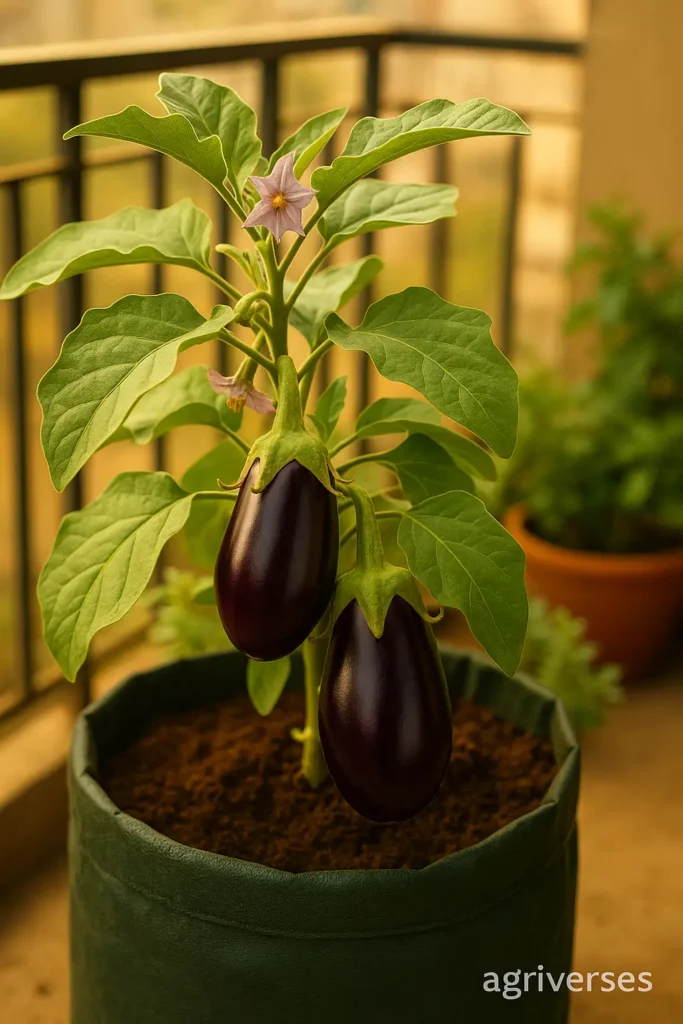
1. Tomato (Tamatar): The King of the Balcony
There is nothing, and I mean nothing, like a sun-warmed tomato picked right off the vine. The taste is explosive. For balconies, cherry tomato varieties are your best bet. They produce prolifically in pots and are less prone to issues. Give them your sunniest spot and a sturdy support or cage to climb on.
2. Chilli (Mirch): The Spice of Life
An Indian kitchen without chillies is unimaginable! Thankfully, chilli plants love containers. They are hardy, love the sun, and a single plant can provide you with a steady supply of chillies for months. From the common green chillies to more exotic varieties, they add both spice and beauty to your balcony.
3. Spinach (Palak): The Quick Green
If you want quick results, Palak is your answer. It grows fast and follows a “cut-and-come-again” model. This means you can harvest the outer leaves, and the plant will continue to produce new ones from the center. It prefers a slightly cooler spot, so a location with morning sun is perfect.
4. Mint (Pudina): The Easiest of Them All
I often joke that if you can’t grow pudina, you have a negative green thumb! It’s incredibly vigorous. In fact, it’s so enthusiastic that you must grow it in its own dedicated pot, or it will take over everything else. Just a few cuttings from the bunch you buy at the market can be rooted in water and then planted. Soon, you’ll have endless mint for your chutneys and teas.
5. Coriander (Dhania): The Aroma of Home
Home-grown coriander has a fragrance that is a hundred times more potent than its market counterpart. The biggest challenge with dhania is that it “bolts” (starts flowering) quickly in the heat. The secret? Don’t plant it all at once. Sow a small batch of seeds every 15 days. This technique, called succession planting, ensures you have a continuous supply.
6. Brinjal (Baingan): The Purple Gem
Many are surprised to learn that brinjal grows wonderfully in large pots or grow bags. Choose smaller, round varieties or the long, slender ones. They need a lot of sun and consistent watering to produce those glossy, beautiful vegetables. The purple flowers are an added bonus!
7. Okra (Bhindi): A Taste of the Homeland
Bhindi is a classic Indian vegetable that feels right at home in a sunny balcony pot. The plant itself is beautiful, with stunning hibiscus-like flowers. A few pots can give you a handful of tender, delicious bhindi every few days during the warm season.
8. Cucumber (Kheera): The Cool Climber
Yes, even cucumbers can thrive on a balcony! You will need to provide a trellis or some form of support for them to climb on. A simple jute rope network will do. Choose bush varieties or those specifically bred for containers. The taste of a crunchy, fresh cucumber you’ve grown yourself is incredibly refreshing.
9. Radish (Mooli): The Underground Surprise
Radishes are fantastic for beginners and impatient gardeners. They grow incredibly fast, with some varieties ready to harvest in just 30-40 days. Seeing that white root emerge from the soil is a moment of pure magic. They don’t need deep pots, making them ideal for smaller containers.
10. Amaranth (Chaulai/Lal Saag): The Nutrient Powerhouse
These traditional leafy greens are some of the most nutritious and easiest plants to grow. They are resilient to heat and pests and provide a massive amount of nutrition. Like spinach, you can harvest the leaves repeatedly. This connects you directly to the kind of hyperlocal, seasonal food our grandparents ate.
The Scientific Magic of ‘Jaivik Kheti’ (Organic Farming)
So, how do we keep these plants healthy and productive without a single drop of chemical fertilizer? This is where the wisdom of organic farming comes in, and it’s simpler than you think.
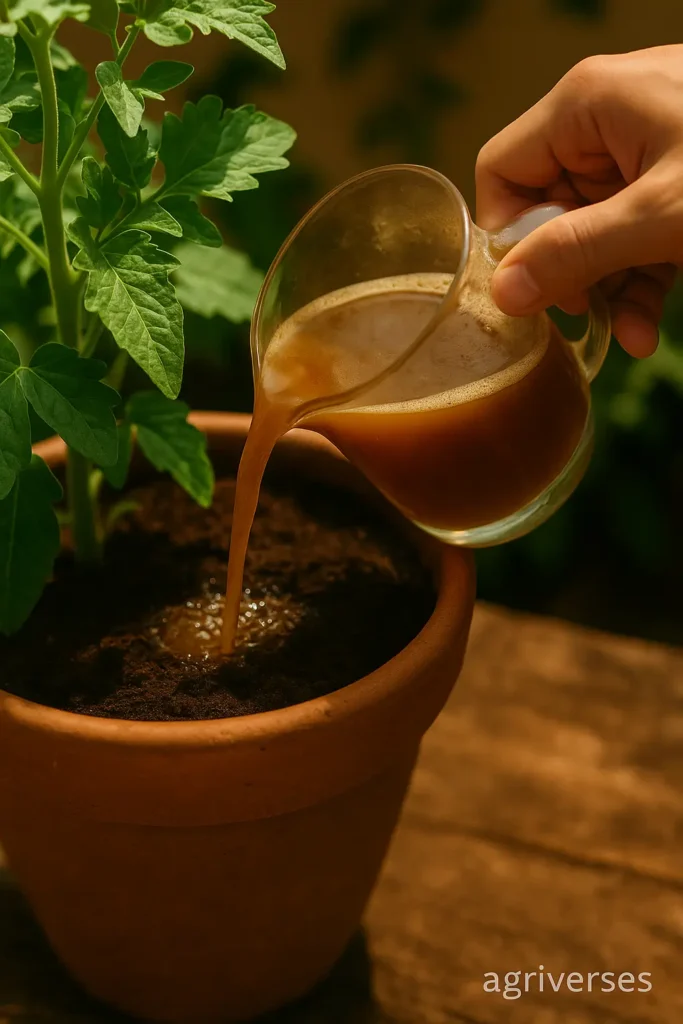
In conventional farming, we often think in terms of feeding the plant directly with chemical salts (like Urea or DAP). In organic farming, the philosophy is different: You feed the soil, and the soil will feed the plant.
Think of your potting mix as a living ecosystem. The vermicompost you added isn’t just “food”; it’s an inoculant, introducing millions of beneficial bacteria, fungi, and other microorganisms.
These tiny, invisible helpers are the real heroes. They break down organic matter, fight off disease-causing pathogens, and make nutrients available to the plant’s roots in a form they can easily absorb.
This is a living, symbiotic relationship, a principle that has worked in nature for millions of years. For more on these biological inputs, you can explore resources from institutions like the Indian Council of Agricultural Research (ICAR).
For ongoing nutrition, you can make a simple “liquid fertilizer” at home. Just soak a handful of vermicompost or an old cow dung cake in water for 24 hours. Strain the liquid and dilute it until it looks like weak tea.
Water your plants with this “compost tea” every 15 days. You are essentially giving them a nutrient and microbe booster shot, keeping the soil alive and thriving.
A Greener Balcony, A Richer Life
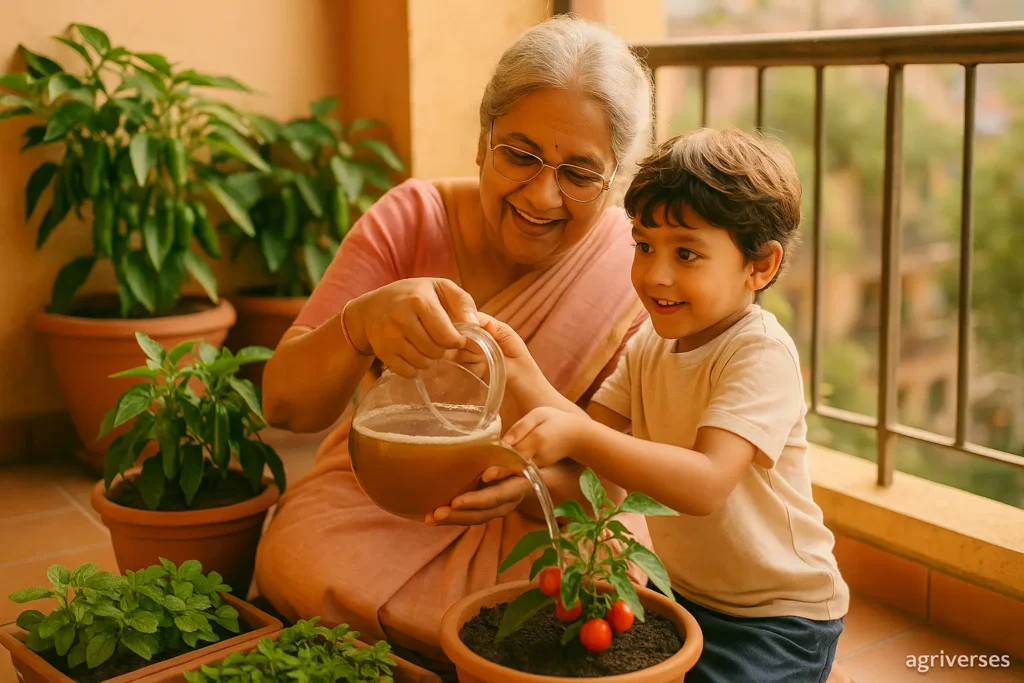
Starting a balcony garden is about more than just a handful of vegetables. It’s a powerful statement. It’s a step towards a more conscious, sustainable, and connected life.
In a world where we are losing touch with our food sources, you will be creating a micro-farm just outside your window. You will teach your children that bhindi doesn’t come from a supermarket shelf but from a beautiful flower. This is how we build a healthier future, one balcony at a time.
Imagine millions of homes across India with balconies teeming with life—tomatoes, chillies, and spinach. We would be reducing food miles, cutting down on chemical usage, and putting the power of pure food back into our own hands.
This small act can empower you, improve your family’s health, and give you a profound sense of satisfaction. It’s the first step in nurturing your own patch of green and understanding the beautiful journey of growing organic vegetables to grow on a balcony.
A Call to Grow:
If this guide has planted a seed of inspiration in you, don’t just keep it to yourself. Share it with a friend, a family member, or anyone in your building who you think could use a little more green in their life. Let’s create a community of urban farmers, sharing tips, seeds, and the joy of the harvest.





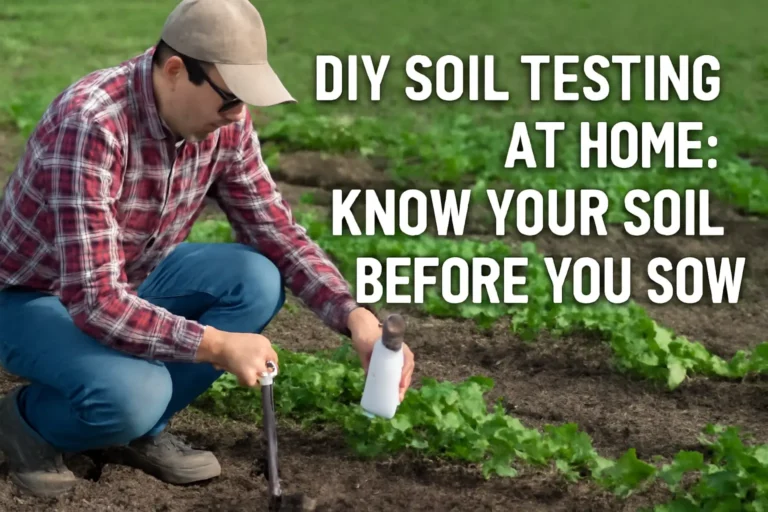

One Comment